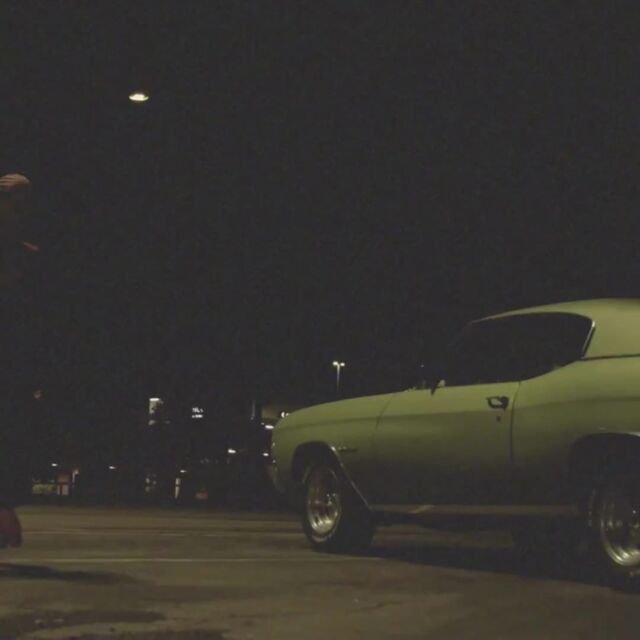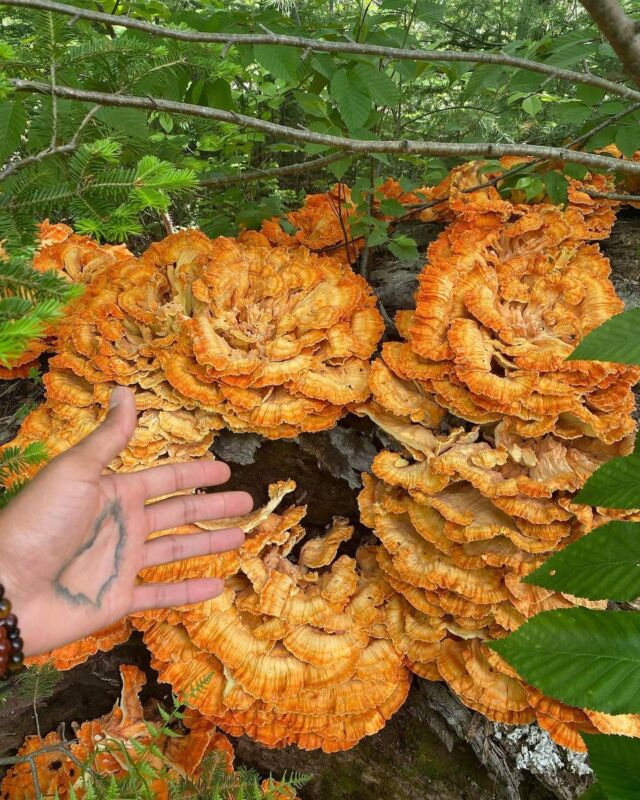The fall season is here. The cool breeze and crisp air is balancing out the warmth of the sun. The leaves are changing. The rain is pouring. The layers are layering. And we are excited to share our final collection of 2022. It’s inspired by the writing of the late bell hooks from Belonging: A Culture of Place, where she tells us that our love for the Earth allows us to love ourselves “more fully.” She reminds us of our roots and that we were—and will always be—first and foremost “people of the land.” I sat down with Nia McAllister, our editorial lead, to talk about the fall collection, our exploration of new topics at the intersection of Blackness and Greenness, and our excitement for the opportunity to build community and co-create through our editorial processes. Here’s our chat:
Darel Scott Let’s start by talking about what the fall collection is all about!
Nia McAllisterThe “Touching Earth” collection is centered around the themes of land and how we have both historically and presently been in relationship with the Earth. These themes show up in various ways throughout all of the pieces in this collection. We have stories that talk about gardening, about the Earth as a more abstract concept in relation to astrology, and about mindfulness and how we can be healing through our relationships to the land. The collection also looks at the legacy of Black folks working the land and reminds us how important it is to ground in and recognize personal and intergenerational environmental histories.
DarelWe started out thinking that this was going to be our gardening collection. Then, we got pitches that touched on different themes, and the collection broadened beyond just gardening. It was truly about touching the Earth—exploring all of the ways that we touch Earth, explicitly and more abstractly. The title of this collection was inspired by the chapter “Touching the Earth” in Belonging: A Culture of Place by bell hooks. It really is a part of the foundation of everything that we do at Earth in Color.
Nia, what came up for you when you read the chapter?
niaFirst, it was just so affirming. People have been thinking about this intersection of Blackness and Greenness for so long! So many of the points that bell hooks was making in the chapter feel so resonant now. Every day we see climate catastrophe evolving. We see the extremes that we’re living through right now and what’s to be expected in the future. In this time, it’s important to remember just how ingrained Black people’s relationships with the land are. You cannot separate race and place and class and all these different parts of identity when talking about the environment. Black people cannot not be with the land. This is where we come from. This is how we’ve been in relationship with it—both the conflicting histories of Black people being enslaved and working the land and the positive experiences where we have found healing and nourishment with the land.
Then, the chapter makes us consider what we are going to do with this information. How are we actively restoring and celebrating our relationship with the land? In many ways, it felt like a call to action. I really appreciated at the end how she talked about collective Black self-recovery. This concept is super important. She’s saying that it takes place when we work with the land and renew our relationship with the Earth. That idea directly relates to some of the themes in this fall collection. The pieces talk about how people find wellness or healing by spending time in the garden or by spending time outside. I think this relationship between us and the environment is one that should be mutual; we need to be learning practices that are caring for and tending to the Earth while also finding restoration by being in its presence.
DArelYes to all of that! This chapter is something that I’ve had on my heart for a while, but I’ve never talked to anyone about it. The “Touching Earth” collection, but also what we’re trying to do more broadly with Earth in Color, is about, yes, acknowledging the land trauma and the history, but also reminding us, as bell hooks says, that we are “people of the land” and that our relationship to the Earth is a part of our healing. We also almost named this collection “People of the Land,” from the quote “living in modern society without a sense of history, it has been easy for folks to forget that Black people were first and foremost people of the land.” This entire chapter really touches on all of the facets of this collection—from working the land, to joy, to healing, to spirit. It also touches on intergenerationality, which comes up in our Community Spotlight interview where we speak with a seed keeper who works with seeds, which are portals through generations. Seeds grow and proliferate the next generation. We also have an Earth Curiosity that talks about the forest, which I see as a family—it holds so many generations of trees at different stages of growth.
niaThat makes me think of roots and legacy. Connected to that, a theme that I picked up on is working the land. We have the story on gardening and about the five generations who have tended to the same farm. There’s something meaningful about the action of taking care of the Earth. It’s about learning what to plant and in what season, and knowing what you can harvest from a piece of land, how that nourishes you, and what work you’re doing to help nourish the Earth in return.
Earlier, we touched on the idea of wellness and healing. That theme is pretty consistent throughout multiple pieces in this collection. It shows up in different ways, like how we are in relationship to the outdoors or the land as a source of our own kind of mental health. Branching from that, this theme of spirituality shows up. Specifically, looking at our relationships with the environment through the lens of astrology. That was totally new for us, but it makes so much sense because astrology is literally rooted in the planets and solar system and movements of the Earth and time. All of these things are so central to the environment. Thinking about fall as this time of transition, this is our time to reflect on what the Earth is doing and how that influences us. What are our habits during this time? What are the changes our bodies are going through and what shift is the Earth going through as well? It’s exciting to see these ideas show up in ways that were unexpected for us.
I’m curious, what did you learn from this editorial process?
DArelWhat we did with this collection—and is something that I want us to do more—is co-creation, where all the ideas don’t have to come from us as a team but can come from people who are in our ecosystem. It was really cool to get so many pitches and see how people were adding to this really broad frame of Blackness and Greenness. Shoutout to our community for promoting our call for pitches on social media and shoutout to people for submitting. We received some really good pitches.
What I learned was to actually lean into this process of bringing in all the different ways people are interpreting what we’re doing. Through our editing process, we have a vision and we’re bringing people into that vision. It’s important to maintain the authenticity of our mission while also allowing people to tell the stories they want to tell. This season’s pieces truly expanded our aperture.
niaFor me, it’s been really fun to surrender. It’s been good to let the stories lead, and then have important conversations about how those stories expand our own way of thinking about what Earth in Color does, what our platform is, and how we personally think about the environment and the human relationships with it. It’s been really exciting to have the opportunity to be learning alongside you and alongside the writers, and tangibly build this community. People haven’t really seen the behind-the-scenes of what we do and what it takes to put this together. Being able to bring more people into this process and hear from them about what works and what doesn’t work is at the core of what we want to be doing.
DarelYeah, it’s community building. It’s co-creation.
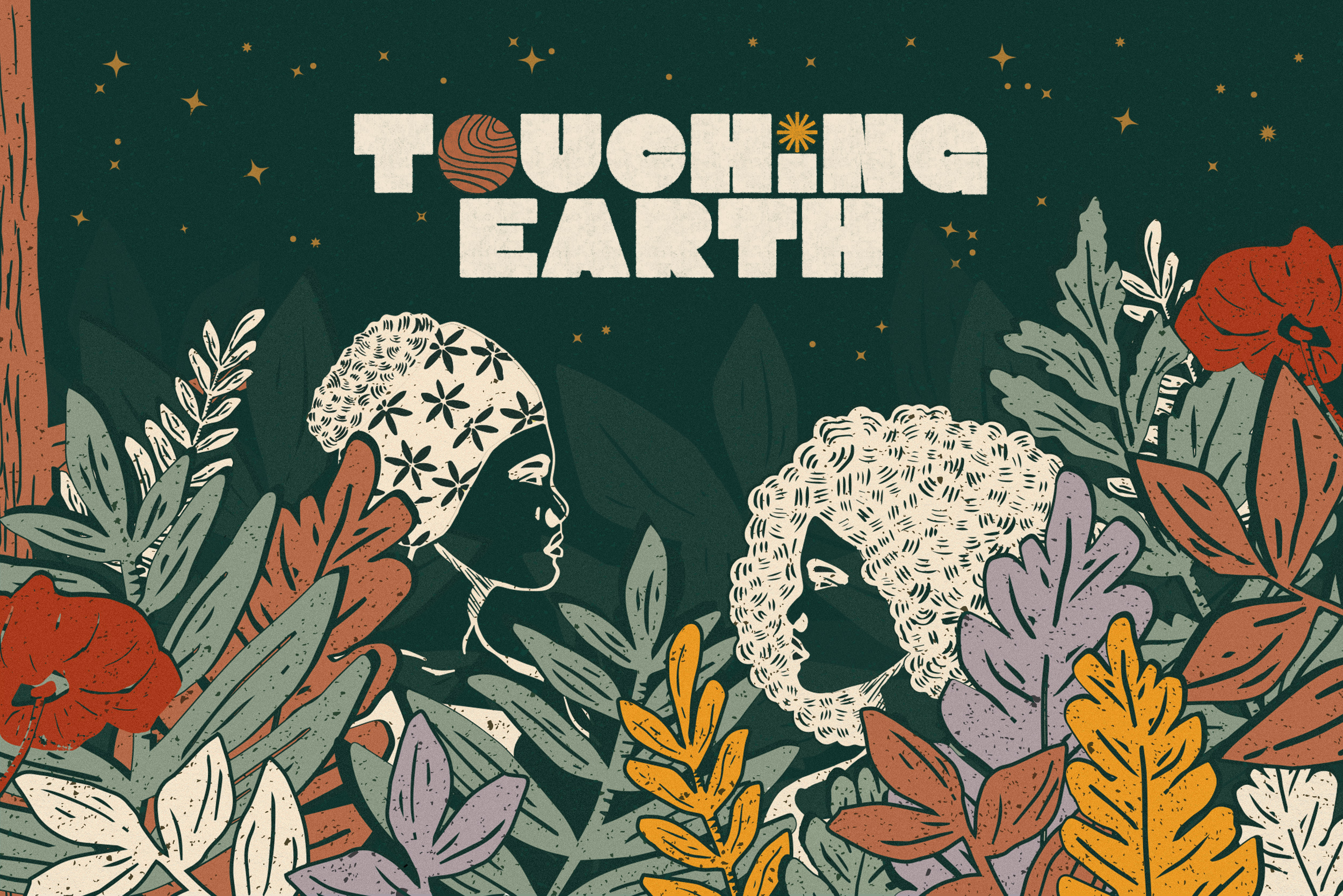

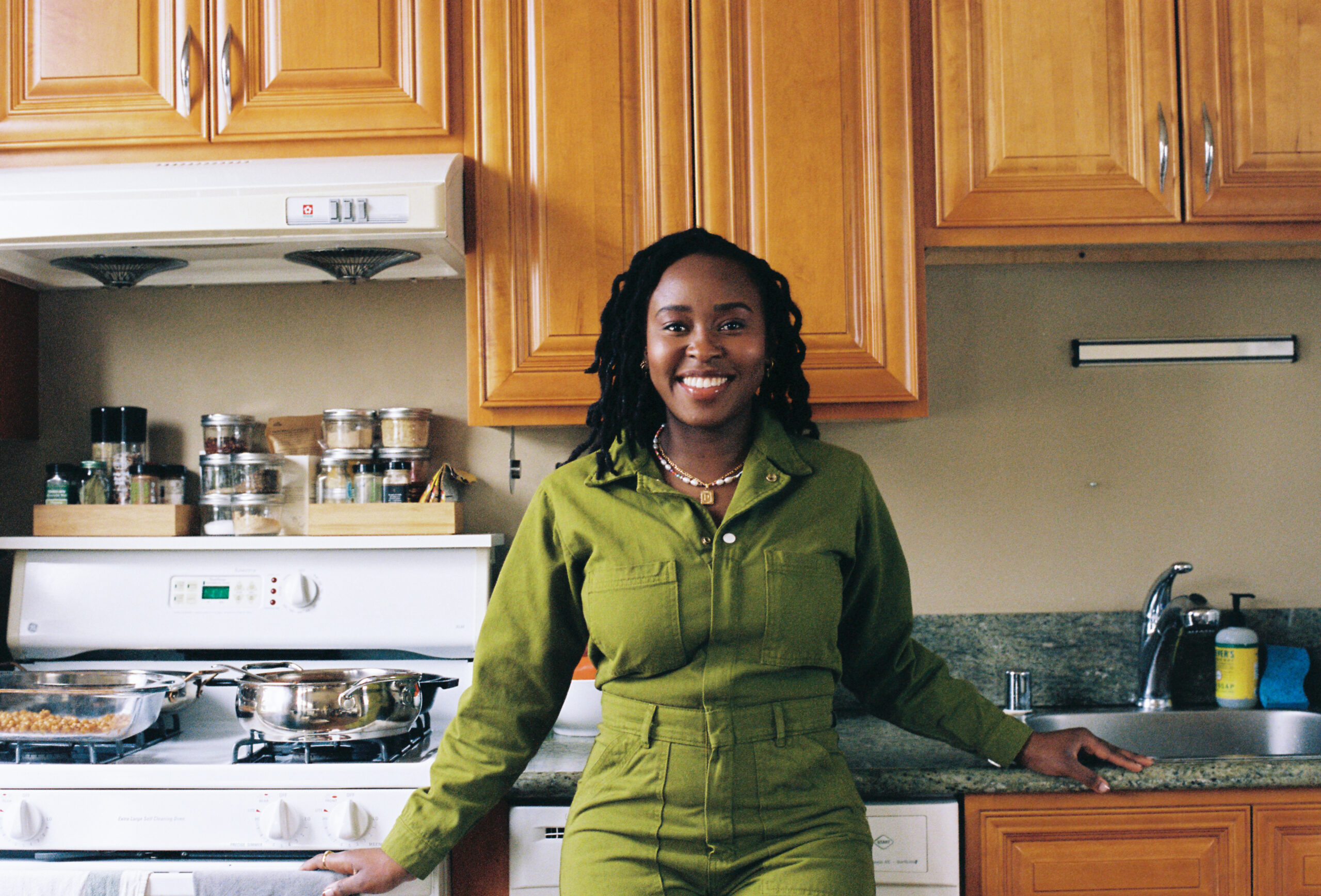
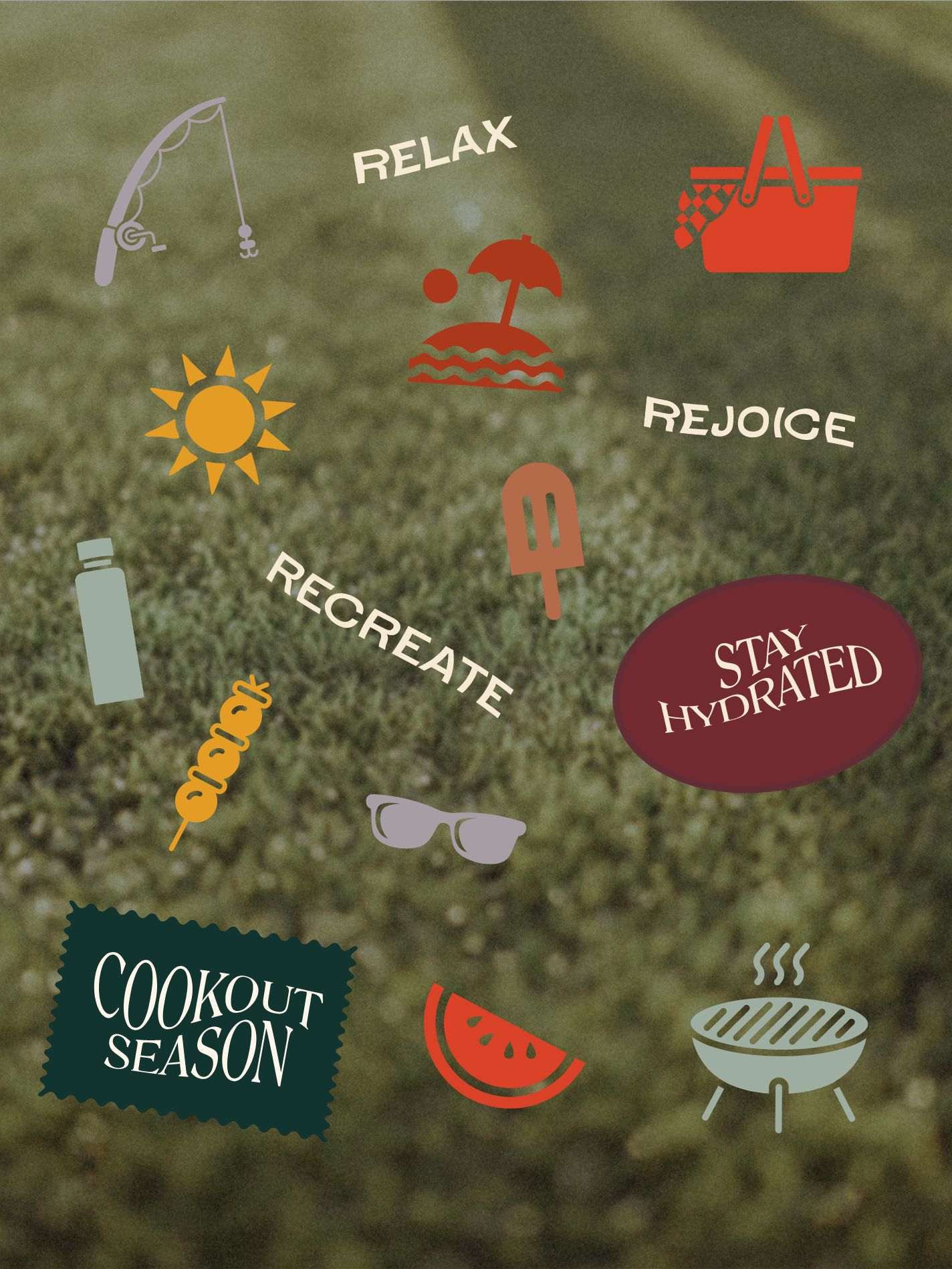
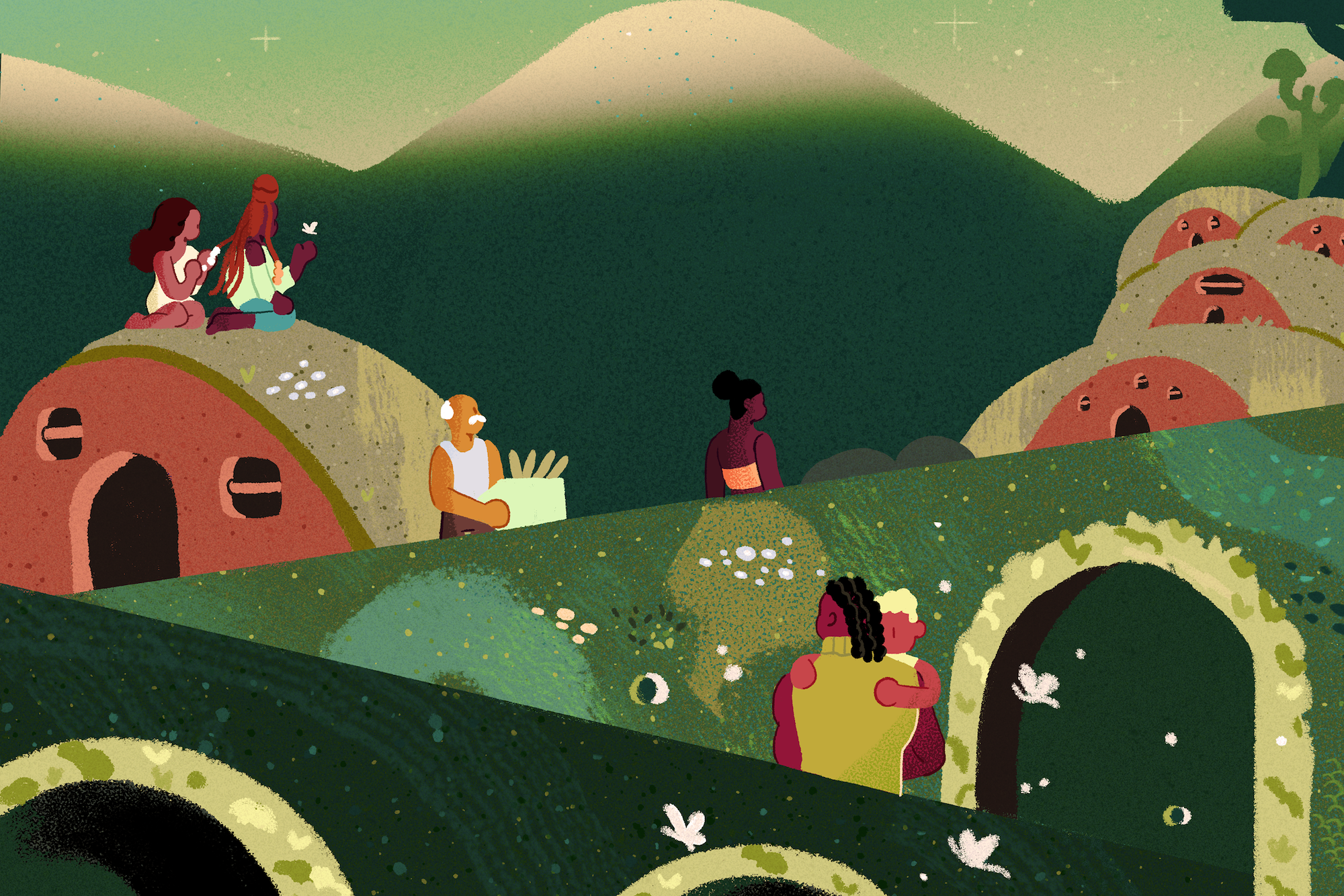
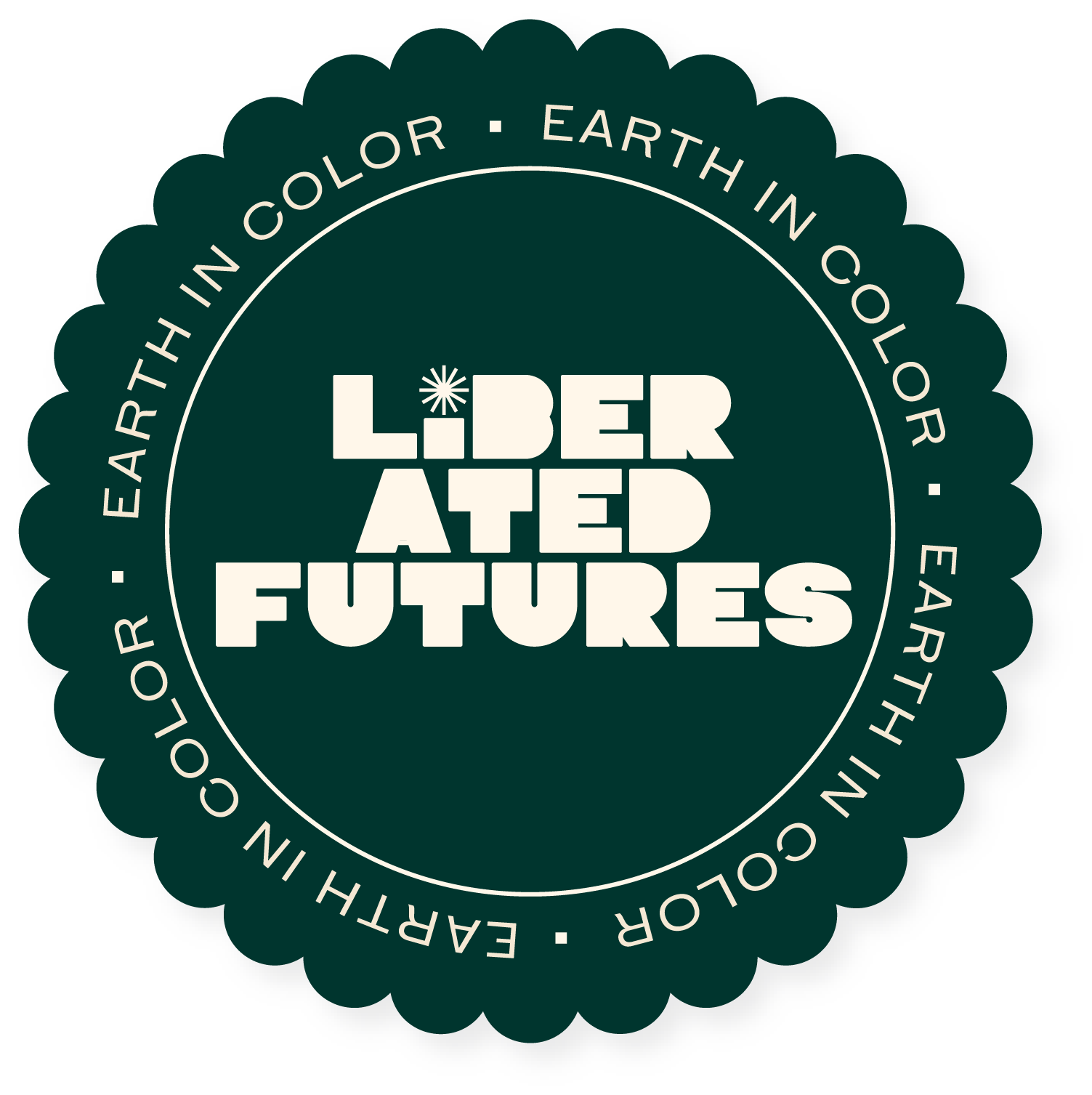

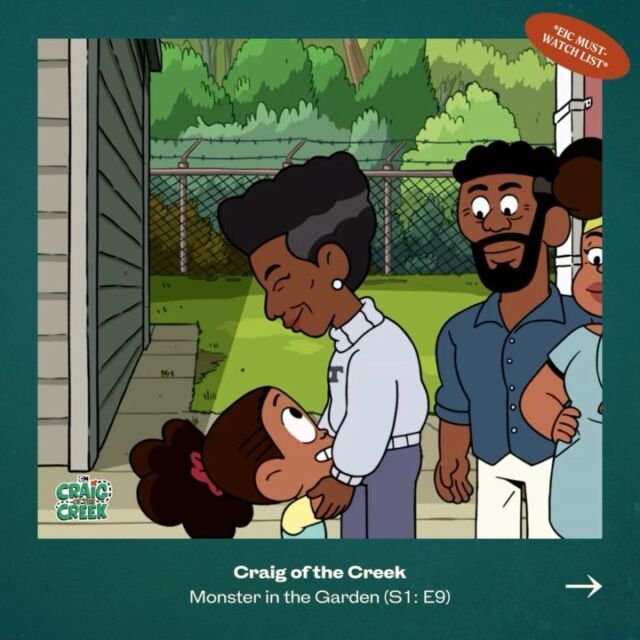
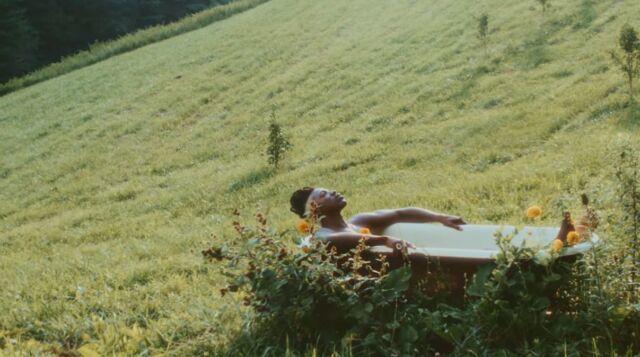
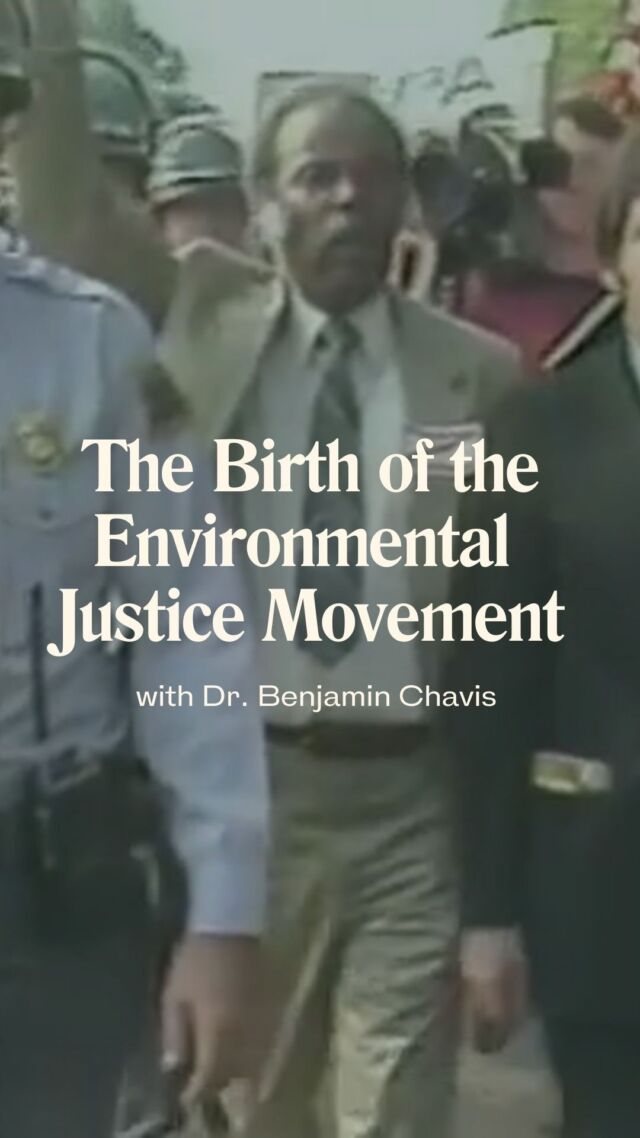
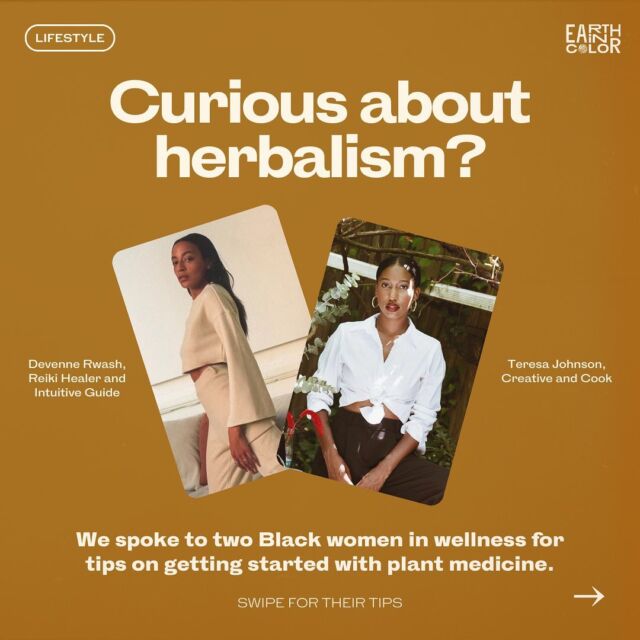







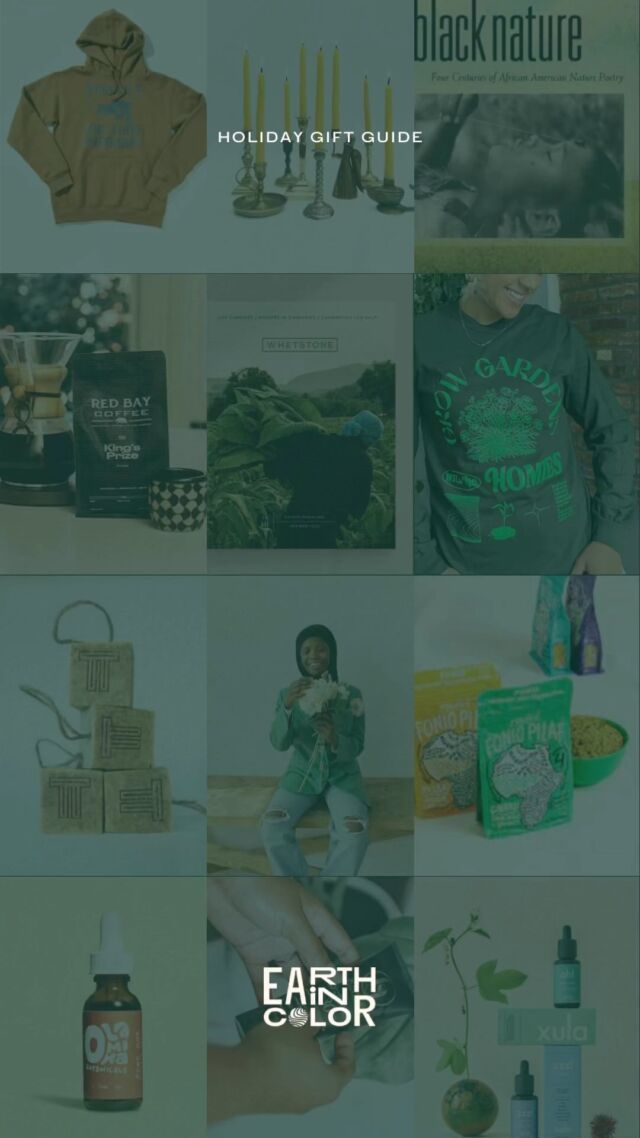

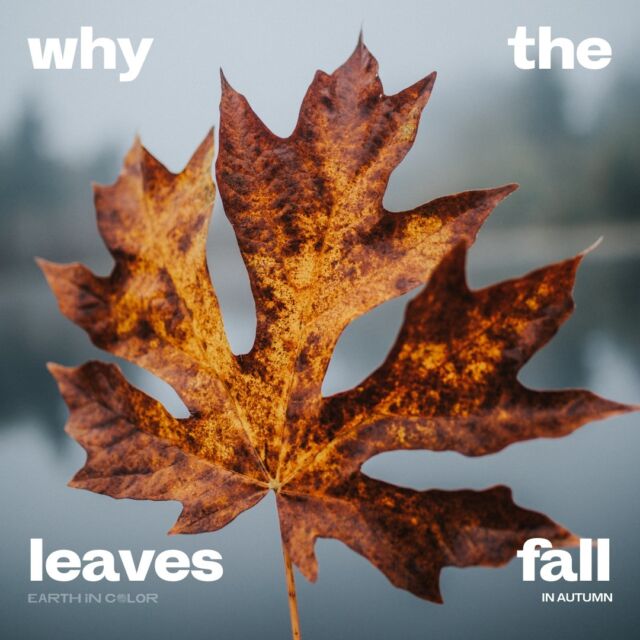
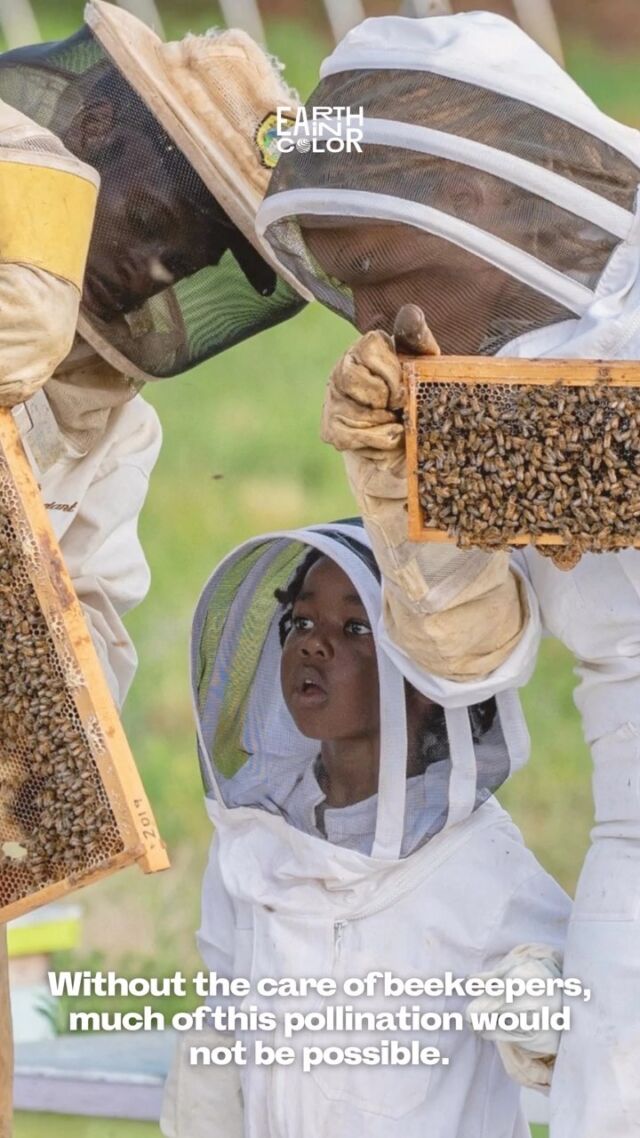
![Did you know you could be buying fake honey? 👀🍯
According to @detroithives co-founder Timothy Paule Jackson, “ninety percent of most honey that you get in big box stores is fake.” To make sure you’re getting the real stuff, he suggests checking out the nutrition label. Fake honey will have ingredients like “high fructose corn syrup, peach syrup, [and] it’ll have some type of sugar.” Avoid honey labeled as “pure” or “pasteurized,” and instead look for words like “raw” or “local.”
And with winter approaching, it’s the perfect time to stock up — not only is it full of vitamins and minerals, but real honey can also be used as a remedy for sore throats and coughs. Swipe to check out some of our favorite Black-owned bee farms and Black beekeepers selling the good stuff 🐝🍯](https://earthincolor.co/wp-content/uploads/sb-instagram-feed-images/314552686_126502226881255_7598404171432106028_nfull.jpg)
